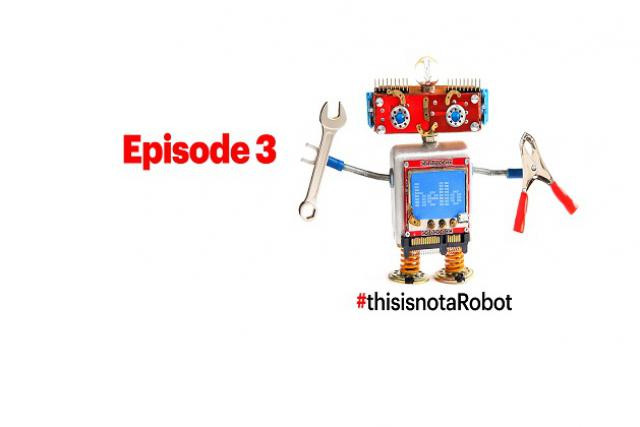As an analytical person, I like to represent things and information as trees and networks in my mind. This helps me to understand and remember them better. But why should this even matter to you? As you’ll read in this article, it has helped me to identify two equally valid approaches to RPA. Each brings the same type of benefits but comes from a fundamentally different direction, with distinctive implications.
1. The Technology approach
I encountered the “technology” approach first and held it as my unique view for several months. This approach places RPA within a spectrum of robotics technologies, ranging from the simplest to the most advanced.
The Robotics Spectrum
The capabilities and tools which sit within the Robotics Spectrum.

On the left-hand side are older automation technologies, such as VBA scripts and “Phantom FTE” solutions. These have a limited scope and usually interact with a single application. Their task and logic flow is linear and there is no space for exception management. Data should be structured to be understood and decisions are rules based. The user triggers the automation when needed and waits for it to complete within a few seconds (or minutes at most). The simplicity of these solutions is also their strength: they enable you to quickly automate many small tasks at virtually zero cost. However, their scope is very limited and quickly bumps into limitations.
On the right are all the new and advanced cognitive technologies, such as Artificial Intelligence (AI), machine learning and deep neural networks. This broad category is still developing and evolving fast. These technologies are able to autonomously perform cognitively complex tasks and decisions requiring “judgement” and process unstructured data such as free text (i.e. emails from customers, news articles, contracts) or images (i.e. photographs of people, medical imaging, maps, videos). Typically, these types of solutions start with a “learning” phase during which the smart algorithm is fed by large quantities of data to “parameter” itself. New use cases for such technologies are still being discovered every day and their potential is huge.
RPA lies at the intersection. It keeps some of the data structure and rules-based decision-making limitations of the simplest technologies but allows the processing of more complex, non-linear tasks and processes. This step in the direction of more complex flows opens up a whole new world of potential and benefits for organizations, as explained in my previous article. Moreover, companies implementing RPA today will be better prepared to face the incoming AI revolution because armed with some experience of these technologies, taking the next step will be much smaller.
Companies implementing RPA today will be better prepared to face the incoming AI revolution
2. The Operational approach
I encountered this radically different approach to RPA while working on a project with colleagues from Accenture Operations. In their view, RPA is the pinnacle of a series of business process optimization (BPO) and business excellence tools.
Assessment & Opportunities: robotics as efficiency lever
Technological innovation is unleashing the real power of automation, providing companies with an additional lever to pull – as part of an integrated approach across multiple levers to get to maximum benefits.

Other tools in this series include digitalization, centralization and standardization. Although in practice these tools do not have to be used together, the general idea is that RPA is the final piece of the puzzle necessary to deliver that additional efficiency boost. In my opinion this highlights an important aspect missing from the technology approach: the need for an organization to have a certain operational maturity to be able to reap the benefits of RPA.
More specifically, I have found that in practice “digitalization” is the most crucial step: areas of an organization that are not digital will have a hard time being automated by RPA. Standardization and centralization usually also mean that processes are better defined, and this can hugely accelerate the analysis and implementation of RPA.
It’s not a question of which approach is right or wrong. I believe that both bring interesting considerations to the table for companies taking a first step towards RPA as well as for those helping them to implement it.
In my next article, I will explore the selection criteria for RPA, plus some must-haves and should-haves.
Meanwhile, I would love to hear your thoughts on this subject! Do you have another way of looking at RPA? Are you interested in knowing more? Feel free to contact us.
Experience the NEW now accenture-insights.lu
